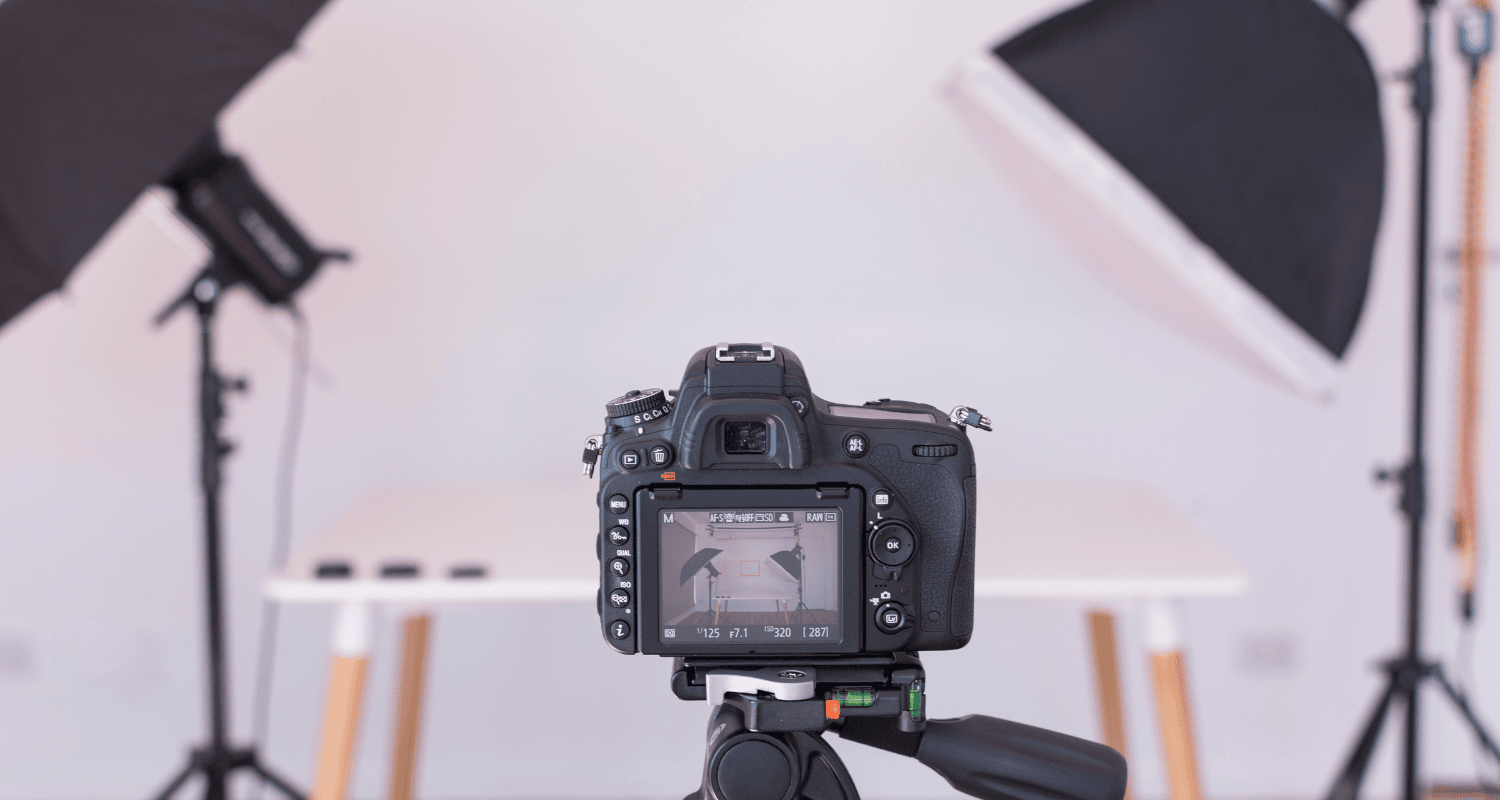Do you know how to show your products in their best light and convert your site’s browsers into buyers? Create contextual product photos!
While shopping online, your customers can’t touch, feel or try your product. So it is vital to create contextual product photos to provide enough information about what you are selling to make them feel confident in their purchase.
The easiest way to do this is with visual references and multiple images of each item on your product pages.
It’s no secret that while on the journey to the checkout, customers will research your product online. Potential buyers will be referring to your website, reading reviews, and browsing social media feeds to discover as much information about your product as possible. On average, your customer will engage with a whopping 8 pieces of content before purchase, so the more information you can provide through your branded content, the easier you will make their decision process.
Using a variety of in-context photos showing your product in use and in authentic lifestyle situations is a great way to reassure your buyers that they know what they are about to purchase. While you need a clear product or pack shot to build credibility and clearly display your product, it is wise to feature as many other photos of your product as possible. This will help shorten the journey to checkout by making your customers feel confident in their purchasing decision.
Adding context to your product shots can do two powerful things:
- Build reassurance and conviction: Demonstrating an item’s form, features, and function practically will reassure your customer that what they see is what they will get.
- Evoke emotion and desire: Showing your customer how the product will make them feel will help forge an emotional connection.
These “looks like” and “feels like” criteria are vital to influencing a customer’s purchasing decision. Aside from basic needs like food and clothing, most purchases are emotional, so your images need to evoke the feeling of want in your buyer. By adding situational product shots to your store, you can present each product as an experience and allow your customer to connect with the look and feel of your brand.
Here are five easy ways to add context to your product photography:
1. Incorporate in-hand contextual product photos
This is a clever technique to add a human element to your image while giving your customer a visual reference of the scale of your product. The in-hand shot also gives you a practical way to demonstrate a working feature or detail of your product that isn’t obvious from just the exterior product shot.
By just showing your customer the hand of the model, it makes it easy for them to imagine the product in their own hands.
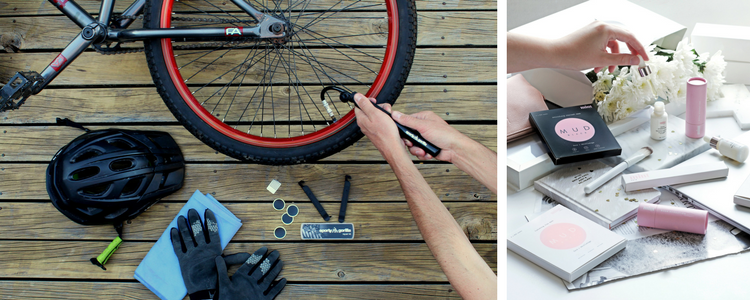
2. Use flat-lay photography
This popular styled shot perfectly positions your product with appropriate props and adds lifestyle context.
Think about it as a way to tell a compact story about how and where your product might be used and what it should be used with.
Flat-lays are also great ways to build on your branding and custom color palette helping with brand recognition.
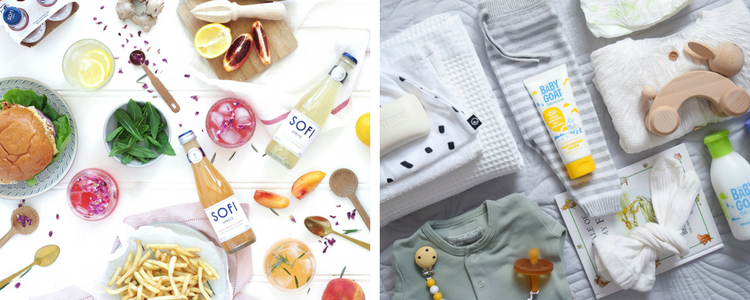
3. Photograph in the home
Interior shots effectively show your audience the ideal way to store, display and use your product.
Think about exactly where and when your item is used in the home, and photograph your item within these situations. Aspirational, beautifully styled interiors make the perfect setting for product placement to inspire your audience and show them how good your item could look in their home.
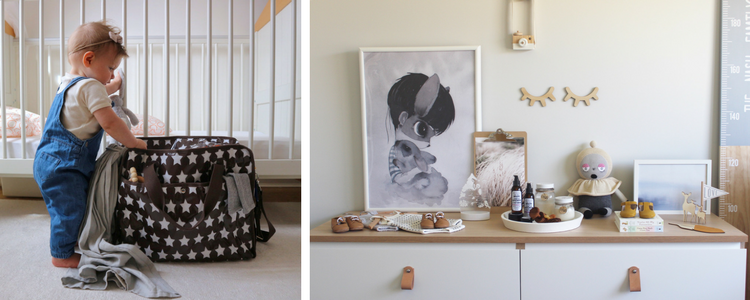
4. Schedule on-location shots
As well as in the home, why not take your product on location or shoot it outside? There are likely lots of outdoor scenarios or appropriate locations your product could be used on the go.
Think about funky cafes with beautiful interiors, interesting mural walls, or landmarks that could become makeshift sets. Places that represent your brand identity or ones in which your product could be used will all help your audience better relate to what they can see in your store.
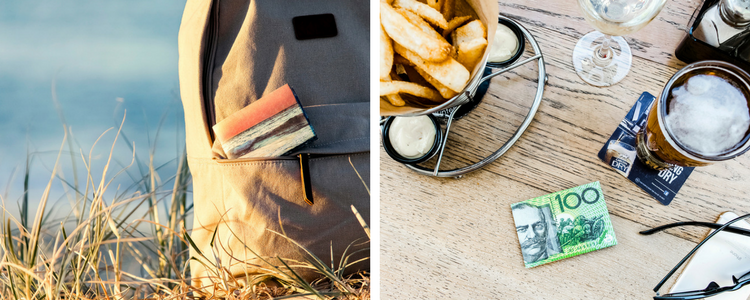
5. Be seen with the best (aka, make it look expensive!)
This is where you need to ask yourself what other related items belong with your product. You can approach this from a practical angle or use it for clever brand positioning.
For example, if you have a luxury brand, you can use other items of a similar caliber to help more accurately position your brand in the eye of your customer. Take advantage of this positive brand association by displaying your products with other items your target customers adore.
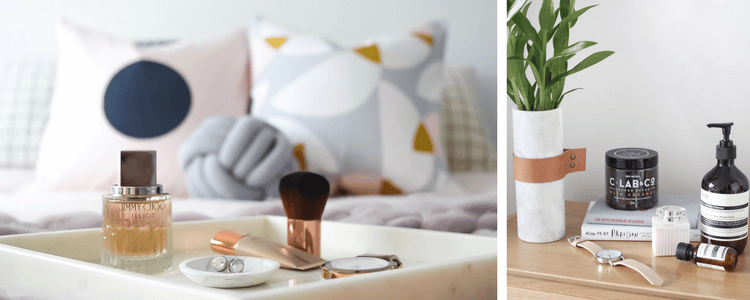
These 5 ways are just the tip of the iceberg on how creative you can be with your in-context photos. So take your product photos to the next level and build in the emotional connection your consumers need to complete their purchases quickly and confidently.
Need help editing your product images? Give Pixc a try for free!
This blog was written by Ruth. Ruth Stephensen is a sunshine loving, flatlay fanatic who loves helping and inspiring others to craft compelling visual stories. She is also CCO and co-founder of Creatively Squared, a platform for matching brands with talented content creators.

